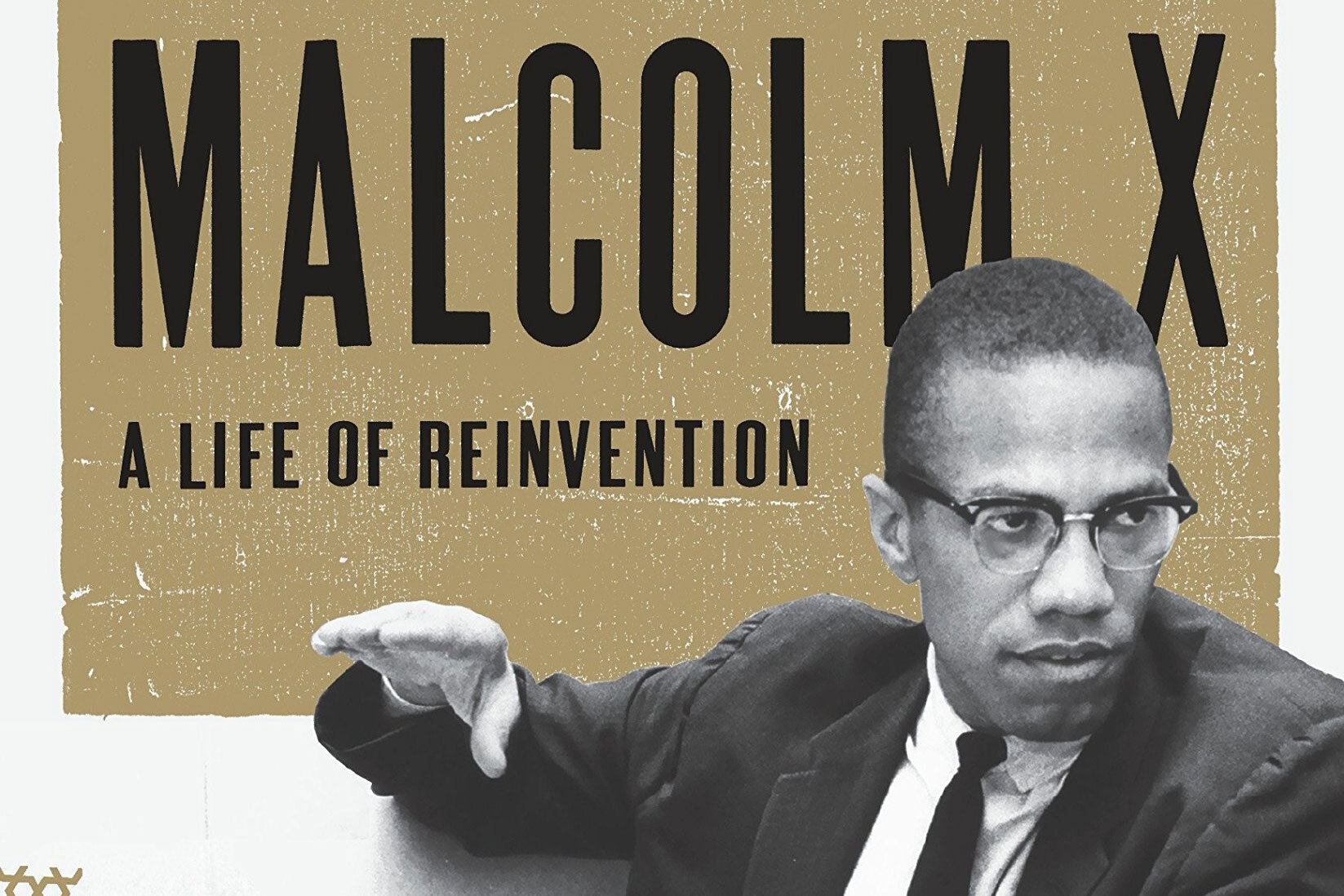“March” by John Lewis, Andrew Aydin, and Nate Powell
March
By John Lewis and Andrew Aydin (authors) and Nate Powell (illustrator)
2013-2016
560 pages
Nonfiction
—
My oh my, comic books have come of age. Of course, now they’re not just comic books; they are graphic novels. My parents were always a bit leery of comic books. In recent years as I have gotten more and more interested in this medium, I have discovered they weren’t the only ones. Comic books were considered a serious threat to the morals of impressionable young readers. I refer you to the wonderful history of the comic book controversy, The Ten-Cent Plague by David Hajdu. Most people think of comic books still in their most popular form, the superhero comic. But they have become a widely respected form of literature.
For those of us who have come under the sway of the graphic novel, there are two defining works against which all others are compared. On the fiction side there is Watchmen by Alan Moore, which was turned into a most mediocre movie. It is not only the greatest graphic novel ever written; it probably belongs in the top 50 pieces of literature of the late 20th century. On the nonfiction side there are two volumes of Maus by Art Spiegelman. It is a wrenching memoir of the Holocaust, in which Nazis are cats and Jews are mice.
These were both written well before the turn of the century, so I turn your attention to another brilliant nonfiction graphic memoir: the March trilogy written by civil rights hero John Lewis, along with Andrew Aydin, and illustrated by Nate Powell. In these three graphic volumes you have the very personal recounting of the civil rights movement from the point of view of one who was there for virtually every major event.
The book targets the young adult market, but it is the best short, accessible, clear history of the civil rights movement that you are likely to find. The graphic vehicle turns out to be perfect for recounting the story. I admit I read all three volumes (approximately 600 pages total—remember this is graphic) in one sitting. Today when young people are often put off by long, wordy books and live in the world of images, I can’t imagine a better way to teach them this important period of history. I wish all of my students, whatever their ethnicity, would read this book.
But this isn’t just a soulless recounting of the 1960s. The voice of John Lewis speaks clearly in this book, and what a wonderful voice to listen to. At the beginning of the book we see Lewis learning to preach by preaching to the chickens. We see the violence he endured. We see the wrestling with nonviolence not just as a strategy but as a Christian commitment. And alongside Lewis we see all the important figures of the civil rights movement come to life before our eyes. Because of the graphic format, they aren't just names—they become real people doing very difficult things.
If you have never read a graphic novel and think The Avengers is all there is, take a look at this graphic memoir. I promise you, you will be moved, and instead of trying to hide the comic books from your children, you’ll be trying to get them to read this one.








